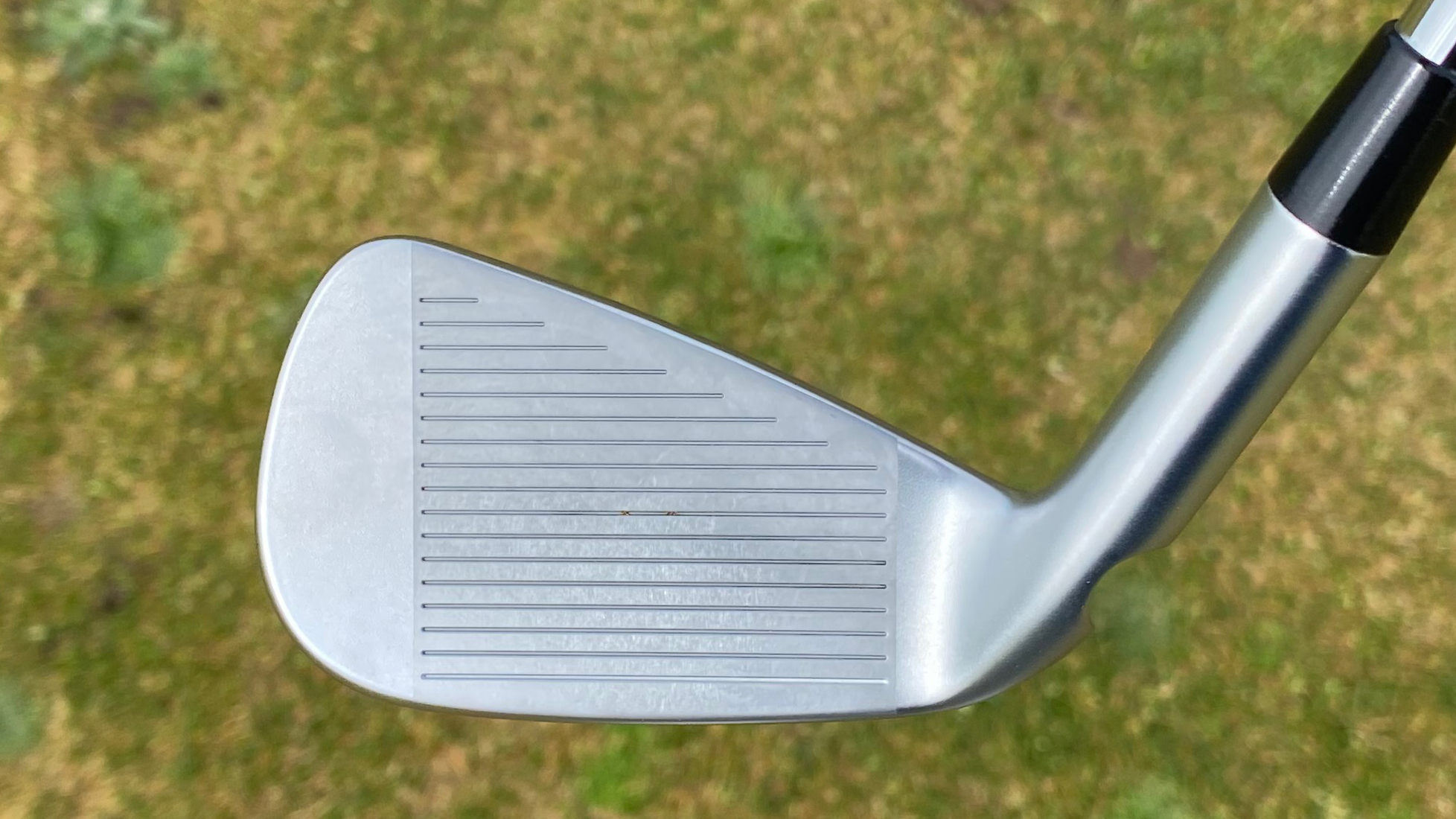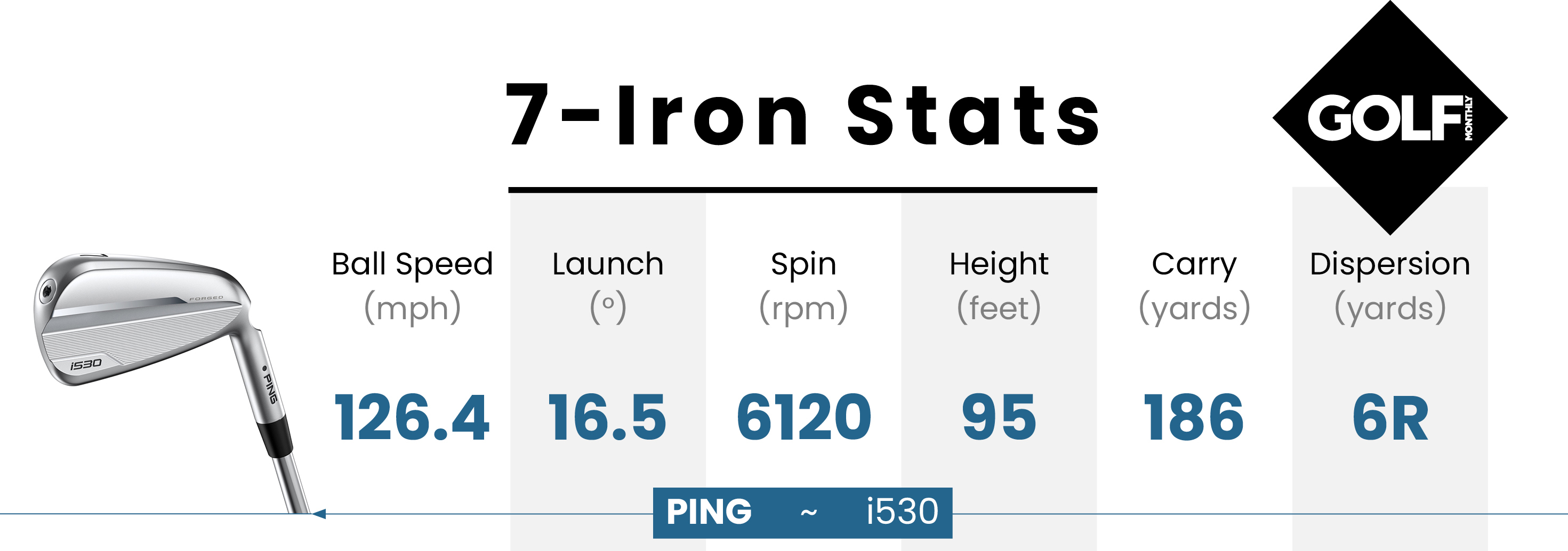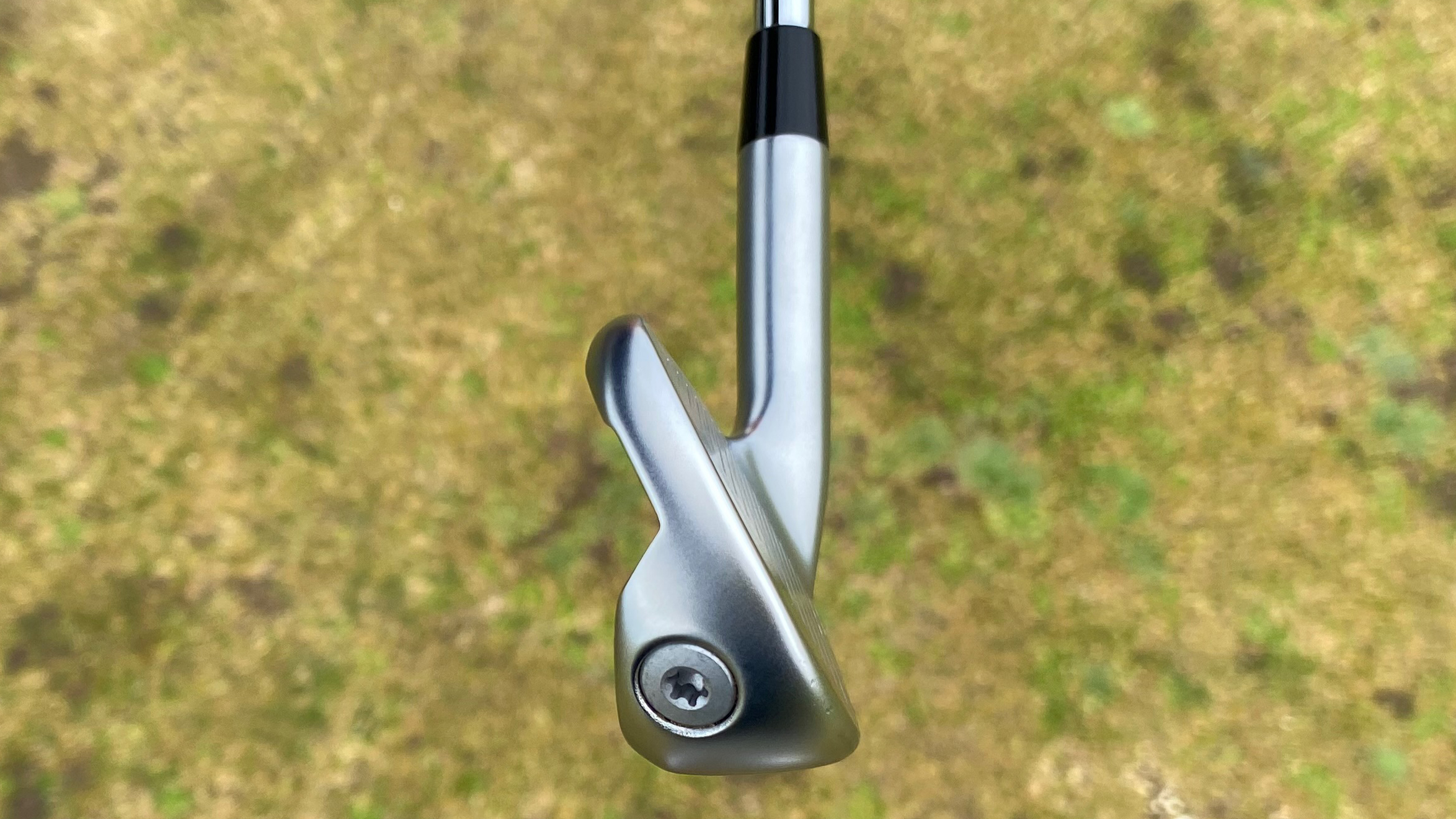Ping i530 Iron Review
Joe Ferguson takes the new Ping i530 iron out on the course to see how it stacks up versus the competition

The Ping i530 irons are rocket ships. The new stronger lofts and tech refinements seem to have all been geared towards maximizing distance, but the aesthetic enhancements are also a stand-out feature. A great-looking players' distance iron with plenty to offer in performance.
-
+
Exceptionally long
-
+
Sophisticated aesthetic
-
+
Excellent turf interaction
-
-
Firmer feel than some in this category
Why you can trust Golf Monthly

Along with the new G730 model, this year's offering from Ping is rounded off by the i530 iron. Looking to sit amongst the best compact mid-handicap irons, we took them out and put them through their paces.
WATCH: Joe Ferguson discusses his favorite players' distance irons of 2024
In terms of the technology, everything seems to have been geared towards ball speed and distance in the i530. Ping has implemented a new internal weight pad that provides a deeper to thinner face-to-sole transition which it says increases face flexing and subsequently ball speed. Ping has even used the same flexible maraging steel face that it uses in its woods and welded it to a stainless steel hollow body before applying an internal polymer to the back of the face to improve feel and again maximize face flexing.

These design features, coupled with standard lofts that are 1.5˚ stronger than its predecessor, the i525 iron, should result in some fairly punchy distance numbers then. More on that later.
The looks of the i530 are absolutely spot on for irons in this category. Enough real estate behind the ball to inspire confidence, but not so much that they look like they should be in the game improvement iron category, while the relatively minimal offset will appeal to the better player. It’s a tough sector to please everyone with regard to the looks as you have so many different types of player looking to use them.

Firstly, you might find someone who has traditionally used smaller, more ‘player’ style clubs who is in need of an aged-imposed distance boost. This player is likely to be put off by something too chunky. However, on the other hand, improving players who are looking to take their first step away from the game improvement market might well be shopping in this market, so anything too small or blade-like might be intimidating. Tough to please everyone, but Ping has done a great job here and given the i530 the best chance.



Shelf appeal is strong too with a pleasantly minimalist design and muted color pallet, once again appealing to the more discerning player.
Subscribe to the Golf Monthly newsletter to stay up to date with all the latest tour news, equipment news, reviews, head-to-heads and buyer’s guides from our team of experienced experts.
On to the performance, and these irons deliver on their promise. They are quick. Really quick. I tested these irons on the practice ground and course at Saunton Golf Club in North Devon using my Full Swing KIT launch monitor and TaylorMade TP5 golf balls.

Ball speed was the highest of any iron in this category I have tested to date, with the 7-iron averaging 126.4 mph. With a low-to-moderate launch angle of 16.5˚ and a reasonable spin rate in the low 6000s, it all added up to a 186-yard average carry distance, which I can assure you is long for me. For context, with my gamer set of Callaway Apex CBs, I average around 175 yards of average carry with my 7-iron, albeit they are a full 5˚ apart in loft.
The work Ping has done to lower the CG to offset the stronger lofts has clearly worked too as peak heights were pretty manageable at around the 95-foot mark. This translated into some steep landing angles which gave me confidence that I could stop these on most surfaces, even at the height of summer.

From a feel point of view, I would say that whilst the i530 irons are very lively, they are a touch firmer than some others I have tried in this genre. The Mizuno Pro 245 irons, for example, do provide a significantly softer feel at impact. That said, the i530 feel is far from unpleasant, and many people favor a more robust strike sensation.
Overall, these irons tick all the performance elements I look for in the player's distance category. Not only that, they are wrapped up in a pleasingly refined aesthetic that will appeal to a really broad range of golfers. The RRPs are £190 per club with stock steel shaft and £200 per club with stock graphite shaft, with Power and Retro specs available for golfers seeking even more or less distance.

Joe has worked in the golf industry for nearly 20 years in a variety of roles. After a successful amateur career being involved in England squads at every age group, Joe completed his PGA degree qualification in 2014 as one of the top ten graduates in his training year and subsequently went on to become Head PGA Professional at Ryder Cup venue The Celtic Manor Resort. Equipment has always been a huge passion of Joe’s, and during his time at Celtic Manor, he headed up the National Fitting Centres for both Titleist and Taylormade. He’s excited to bring his knowledge of hardware to Golf Monthly in the form of equipment reviews and buying advice.
Joe lives in North Devon and still plays sporadically on the PGA West region circuit. His best round in recent years came earlier in 2023 where he managed a 9 under par 63 at Trevose GC in a Devon & Cornwall PGA Tournament.
Joe's current What's In The Bag?
Driver: Switch between TaylorMade Qi35 and Callaway Elyte TD - both with Fujikura Ventus Black 6-X
Fairway wood 1: TaylorMade BRNR Copper Mini Driver - Fujikura Ventus Black 7-X
Fairway wood 2: Callaway Apex UW 17˚- Fujikura Ventus Black 9-X
Irons: TaylorMade P7CB 3-PW with Dynamic Gold Tour Issue X100 shafts
Wedges: Callaway Opus 50, 54, and 60 degrees - Project X LS 6.0 shafts
Putter: LAB Golf Oz.1 (zero shaft lean)
Ball: TaylorMade 2024 TP5x
Grips: Golf Pride Tour Velvet 60R
Bag: Vessel Player IV Pro DXR Stand